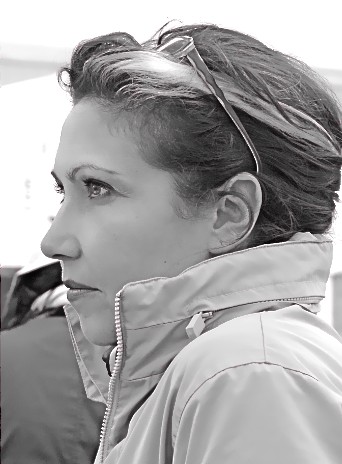Instead of going after all the plastic using boats and nets, trying to clean up the Great Pacific Garbage Patch, The Ocean Cleanup international project envisions a network of long, floating barriers, which would allow the ocean currents to passively gather the plastic. Once the plastic is concentrated at a central point, it can be collected for recycling. The project aims to develop passive technology to clean up the world’s oceanic rubbish deposits, testing and iterating the floating barrier design. A North Sea test in 2016 is helping to ensure its effectiveness and durability once the large-scale system is deployed in 2020.
One of the main issues The Ocean Cleanup researchers are tackling is to determine where and in what concentrations plastic pollution is distributed throughout the oceans. In August 2015, around 30 vessels crossed the Great Pacific Garbage Patch in parallel, becoming the largest ocean research expedition ever. Sailing between Hawaii and Los Angeles, it covered 3.5 million square kilometres and collected more data on oceanic plastic than has been collected in the past 40 years combined. Its object: measuring the amount (total mass), spatial distribution, and size distribution of plastic pollution in that part of the Pacific Ocean.
 To achieve this, a specific computer model has been built. By simulating the influx and velocity of ocean plastics and their interaction with the barrier, researchers have optimised different designs, setups, locations, and geographical orientations for The Ocean Cleanup array. A 100-metre-long barrier segment in the North Sea, 23 km off the coast of The Netherlands, will be deployed in the second quarter of 2016 and that will be the first time the barrier design will be put to the test in open waters. The main objective of the North Sea test is to monitor the effects of real-life sea conditions, with a focus on waves and currents. The motions of the barrier and the loads on the system will be monitored by cameras and sensors.
To achieve this, a specific computer model has been built. By simulating the influx and velocity of ocean plastics and their interaction with the barrier, researchers have optimised different designs, setups, locations, and geographical orientations for The Ocean Cleanup array. A 100-metre-long barrier segment in the North Sea, 23 km off the coast of The Netherlands, will be deployed in the second quarter of 2016 and that will be the first time the barrier design will be put to the test in open waters. The main objective of the North Sea test is to monitor the effects of real-life sea conditions, with a focus on waves and currents. The motions of the barrier and the loads on the system will be monitored by cameras and sensors.
Read our Water File in DAMNº56



One of the main issues The Ocean Cleanup researchers are tackling is to determine where and in what concentrations plastic pollution is distributed throughout the oceans. In August 2015, around 30 vessels crossed the Great Pacific Garbage Patch in parallel, becoming the largest ocean research expedition ever. Sailing between Hawaii and Los Angeles, it covered 3.5 million square kilometres and collected more data on oceanic plastic than has been collected in the past 40 years combined. Its object: measuring the amount (total mass), spatial distribution, and size distribution of plastic pollution in that part of the Pacific Ocean.

Crew aboard S/Y Sea Dragon deploys the Multilevel Trawl, a device aimed at measuring until what depth ocean plastic can be found / Boyan Slat can be seen holding one of the taglines.
© The Ocean Cleanup
Photo: Allard Faas / The Ocean Cleanup
Read our Water File in DAMNº56

Deltares, Delft, the Netherlands Close-up of the one-metre-long intersection of the barrier
© The Ocean Cleanup / Deltares



 MARIN, Wageningen,
the Netherlands
Waves are generated from two sides of the basin by controlling a large number of wave flaps. © The Ocean Cleanup
MARIN, Wageningen,
the Netherlands
Waves are generated from two sides of the basin by controlling a large number of wave flaps. © The Ocean Cleanup
 Boyan Slat standing behind a pile of ocean plastic / The material was collected by volunteers in Hawaii and has been used for recycling research.
© The Ocean Cleanup
Boyan Slat standing behind a pile of ocean plastic / The material was collected by volunteers in Hawaii and has been used for recycling research.
© The Ocean Cleanup



